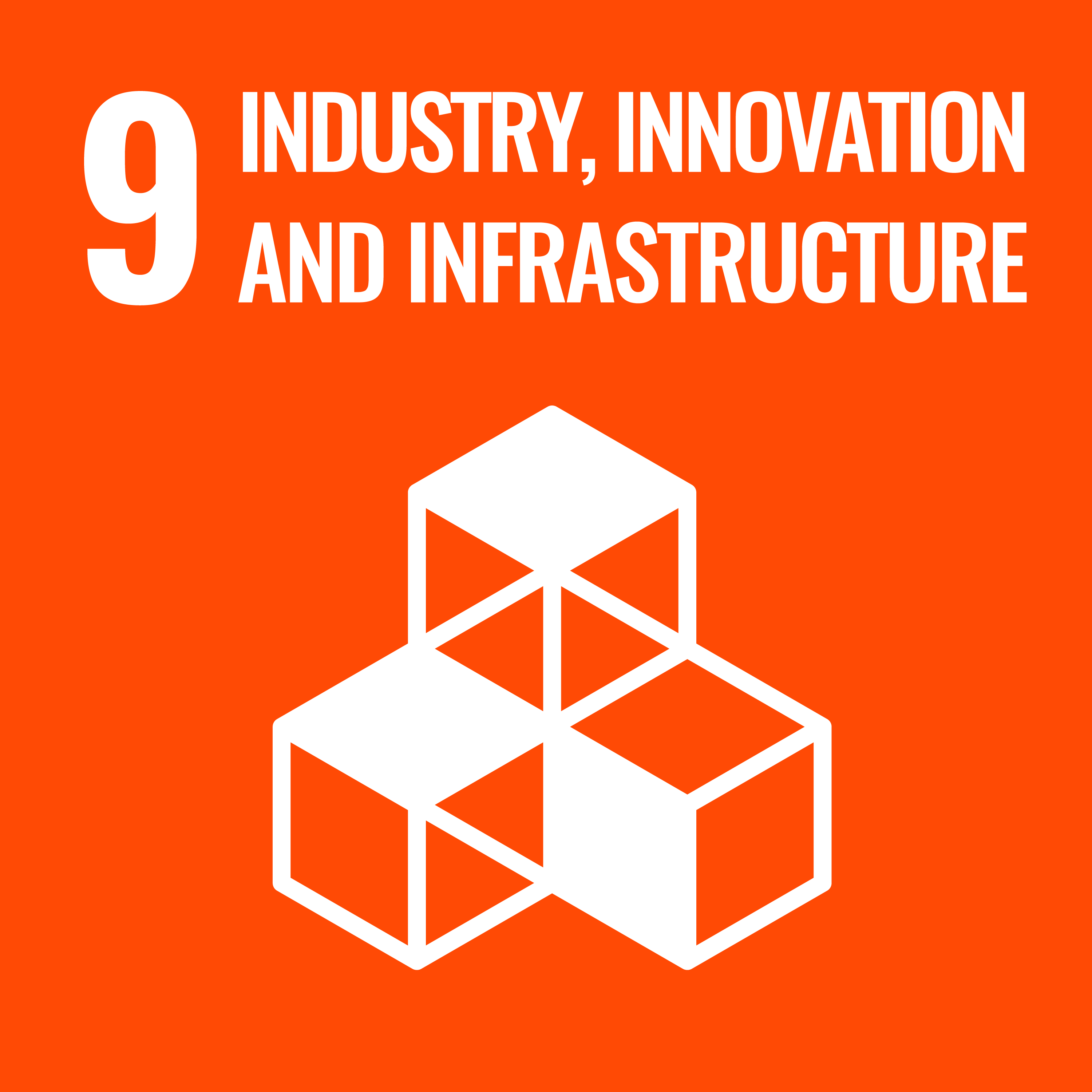
Published 2022-09-15
Keywords
- Conceptual models,
- Wikidata,
- Archival description,
- Bibliographic description,
- Semantic integration
How to Cite
Copyright (c) 2022 Pierluigi Feliciati

This work is licensed under a Creative Commons Attribution 4.0 International License.
Abstract
In the nowadays world characterized by complexity, the digital systems for archival and bibliographic description are, especially in Italy, a faithful mirror of too many horizontal (among bodies with national functions) and vertical (among central and peripheral levels) complications. The integration of data sets conceived according to the up-to-date conceptual domain models would simplify the dynamics of representation, improve user experiences, and optimize the environmental costs of computing infrastructures. The concepts to be shared should relate to agents (individual or collective), places, and chronological data, deepening on how to address the more complex issues opened by things. This paper introduces three possible scenarios of semantic cooperation between archivists and librarians, not necessarily alternative: activating a conceptual matching through common entities, relying on a neutral semantic data infrastructure such as Wikidata, or, finally, developing a transversal core ontology. Hoping that disciplinary boundaries will not impede cooperation, two types of impediments must be considered: the organizational one (bottom-up, top-down, or a virtuous synergy between the two organizational models?) and the crucial issue of offering easy-to-use interfaces to end-users, not only constituted by software agents.
Metrics
References
- Bergamin, Giovanni, e Bacchi, Cristian. 2018. "New ways of creating and sharing bibliographic information: an experiment of using the Wikibase Data Model for UNIMARC data." JLIS.it, 9, 3: 35-74. http://dx.doi.org/10.4403/jlis.it-12458. Accessed April 24, 2022
- Bianchini Carlo, 2017. “Funziona come Google, vero?. Prima indagine sull'interazione utente-catalogo nella biblioteca del Dipartimento di musicologia e beni culturali (Cremona) dell’Università di Pavia.” AIB studi 57, 1: 23–49. https://doi:10.2426/aibstudi-11557. Accessed April 24, 2022
- Bruni, Silvia, Capetta, Francesca, Lucarelli, Anna, Pepe, Maria Grazia, Peruginelli, Susanna e Rulent, Marco. 2016. «Towards the integration of archives, libraries and museums». JLIS.it 7, 1: 225–244. https://doi.org/10.4403/jlis.it-11482.
- Italo Calvino (1985). Lezioni americane. Sei proposte per il prossimo millennio. Milano: Garzanti.
- Ceruti Mauro, e Bellusci Francesco (2020). Abitare la complessità. La sfida di un destino comune. Milano: Mimesis. DOI: https://doi.org/10.3280/FOR2021-003002
- CSDS - Consultative Committee for Space Data Systems. 2012. Reference Model for an Open Archival Information System (OAIS). Recommended Practice CCSDS 650.0-M-2. Washington, DC, USA: Magenta book. https://public.ccsds.org/Pubs/650x0m2.pdf. Accessed April 24, 2022
- Umberto Eco. 1962. Opera aperta. Forma e indeterminazione nelle poetiche contemporanee, Milano, Bompiani.
- Feliciati, Pierluigi. 2016. “L’usabilità degli ambienti bibliotecari e archivistici digitali come requisito di qualità: contesto, modelli e strumenti di valutazione”. JLIS.it 7, 1: 113-130. https://doi.org/10.4403/jlis.it-11512. Accessed April 24, 2022
- Feliciati, Pierluigi. 2018. “La qualità dell’universo documentario digitale: Dai contenuti al servizio”. AIB Studi, 58, 1: 53-63. https://doi.org/10.2426/aibstudi-1174.
- Feliciati, Pierluigi. 2021. “Archives in a Graph. The Records in Contexts Ontology Within the Framework of Standards and Practices of Archival Description”. JLIS.it 12 (1): 92-101. https://doi.org/10.4403/jlis.it-12675.
- Feliciati, Pierluigi. 2022. “Call me by your name: towards an authority data control shared between archives and libraries”. JLIS.it 13,1: 203–214. https://doi.org/10.4403/jlis.it-12733.
- Galeffi, Agnese. 2017. “Se Il Catalogo Parlasse, Lo Capiremmo? Cinque Assiomi Della Comunicazione Catalografica”. AIB Studi 57, 2. https://doi.org/10.2426/aibstudi-11648.
- Galeffi Agnese, e Sardo Lucia. 2021. “Comunicare la catalogazione: un’indagine sulle aspettative degli studenti e sulle esigenze professionali”. AIB Studi, 61, 1: 31–53. https://doi.org/10.2426/aibstudi-13009.
- Guerrini, Mauro. 2020. Dalla catalogazione alla metadatazione. Tracce di un percorso. Roma: Associazione Italiana Biblioteche.
- ICA (International Council of Archives) – EGAD (Experts Group on Archival Description). 2021a, Records in Contexts Ontology (ICA RiC-O) version 0.2, 2021-02-12. https://www.ica.org/standards/RiC/RiC-O_v0-2.html.
- ICA (International Council of Archives) – EGAD (Experts Group on Archival Description). 2021b, Records in Contexts. A conceptual model for archival description. Consultation Draft v0.2, July 2021. https://www.ica.org/sites/default/files/ric-cm-02_july2021_0.pdf.
- ICA (International Council of Archives) – CDS (Committee on Descriptive Standards). 2000. ISAD(G): General International Standard for Archival Description, Second Edition. Ottawa, https://www.ica.org/sites/default/files/CBPS_2000_Guidelines_ISAD%28G%29_Second-edition_EN.pdf.
- ICA (International Council of Archives) - CDS (Committee on Descriptive Standards). 2003. ISAAR (CPF): International Standard Archival Authority Record For Corporate Bodies, Persons and Families. Second Edition, https://www.ica.org/en/isaar-cpf-international-standard-archival-authority-record-corporate-bodies-persons-and-families-2nd.
- IFLA (International Federation of Library Associations and Institutions). 2017. IFLA Library Reference Model. A Conceptual Model for Bibliographic Information. Edited by Pat Riva, Patrick Le Boeuf, and Maja Zumer. Den Haag: IFLA. https://www.ifla.org/files/assets/cataloguing/frbr-lrm/ifla_lrm_2017-03.pdf.
- Manoni, Paola. 2022. “‘Discoverability’ in the IIIF Digital Ecosystem”. JLIS.it 13, 1: 312-320. https://doi.org/10.4403/jlis.it-12770.
- Piazzini, Tessa. 2022. “Bibliographic Control and Institutional Repositories: Welcome to the Jungle”. JLIS.it 13, 1: 132-142. https://doi.org/10.4403/jlis.it-12717.
- Tharani, Karim. 2021. "Much more than a mere technology: A systematic review of Wikidata in libraries." The Journal of Academic Librarianship 47, 2. https://doi.org/10.1016/j.acalib.2021.102326. Accessed April 24, 2022. DOI: https://doi.org/10.1016/j.acalib.2021.102326
- Valacchi, Federico. 2016. “Pezzi di cose di cose nel mondo. Il processo di integrazione delle descrizioni archivistiche nei sistemi interculturali”. JLIS.IT, 7.2 :333 – 369, http://dx.doi.org/10.4403/jlis.it-11529.
- Vitali, Stefano. 2017. “Records in Contexts: A conceptual model for archival description: Il contributo italiano,” Quaderni del Mondo degli archivi 2: 3–7, http://www.ilmondodegliarchivi.org/rubriche/i-quaderni/530-i-quaderni-del-mondo-degliarchivi-n-2-records-in-contexts-a-conceptual-model-for-archival-description-il-contributo-italiano/.
- Vrandecic, Denny. 2013. "The rise of Wikidata". IEEE Intelligent Systems, 28(4): 90–95. https://dl.acm.org/doi/abs/10.1109/MIS.2013.119. Accessed April 24, 2022. DOI: https://doi.org/10.1109/MIS.2013.119
- Yakel, Elizabeth. 2005. “Hidden collections in archives and libraries”. OCLC Systems & Services: International digital library perspectives 21, 2: 95-99. https://doi.org/10.1108/10650750510598675. DOI: https://doi.org/10.1108/10650750510598675






